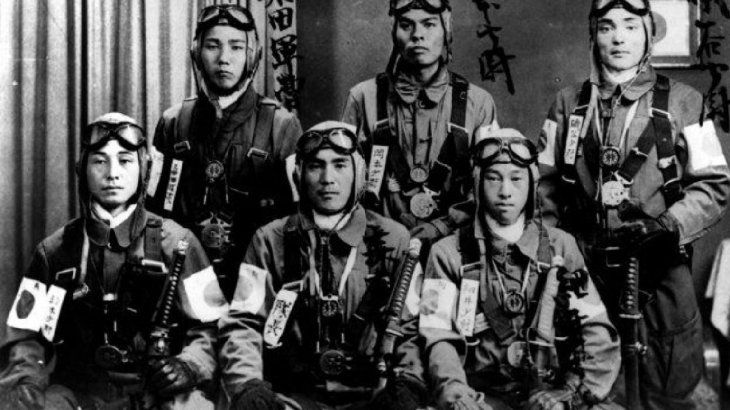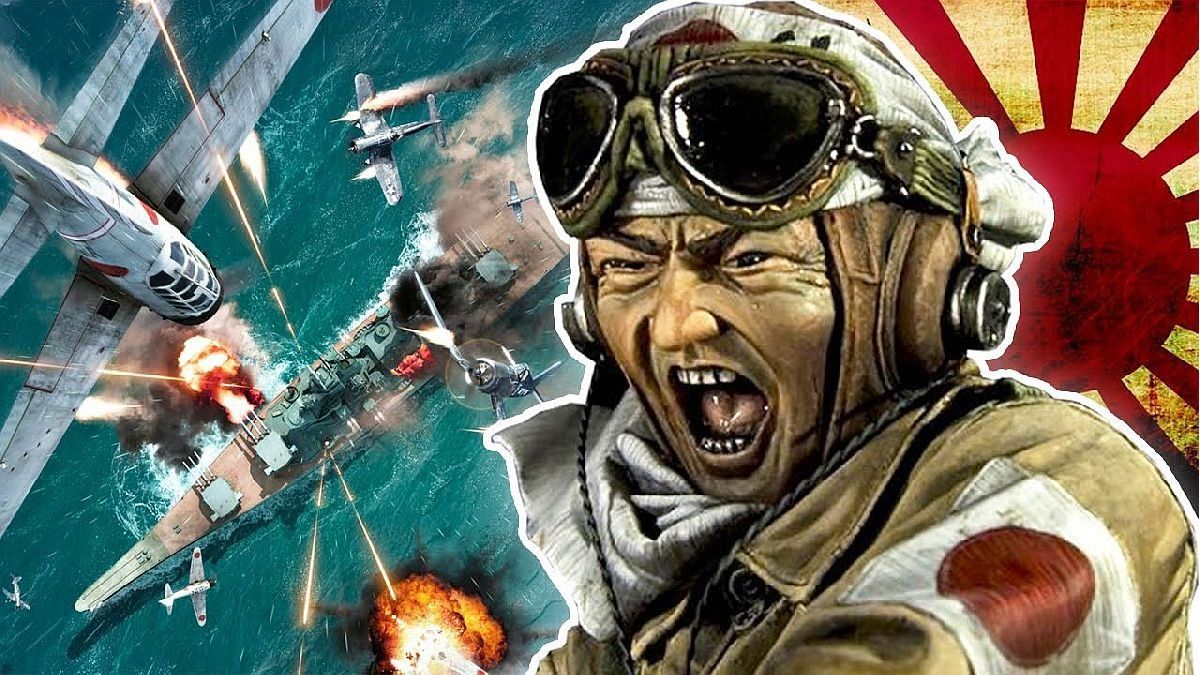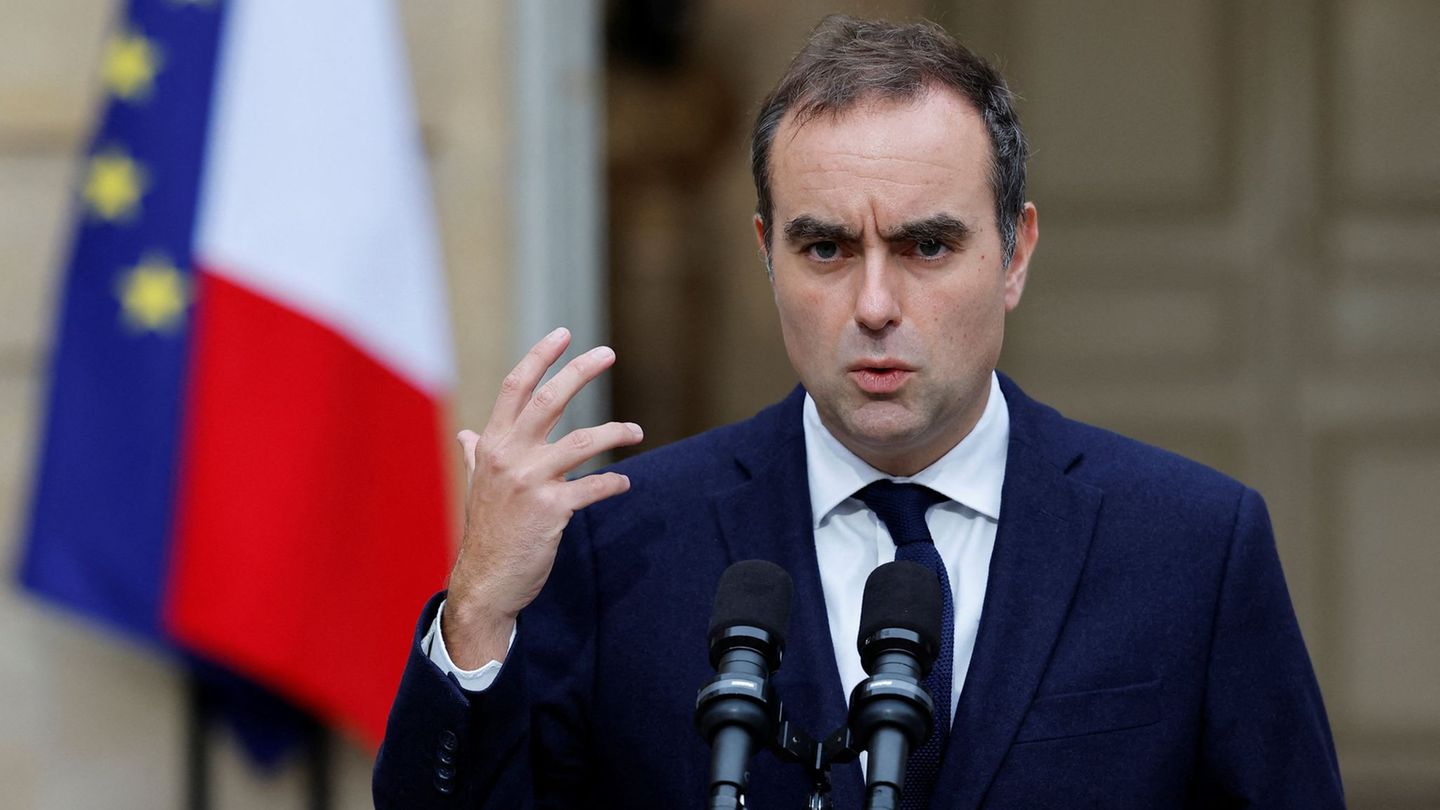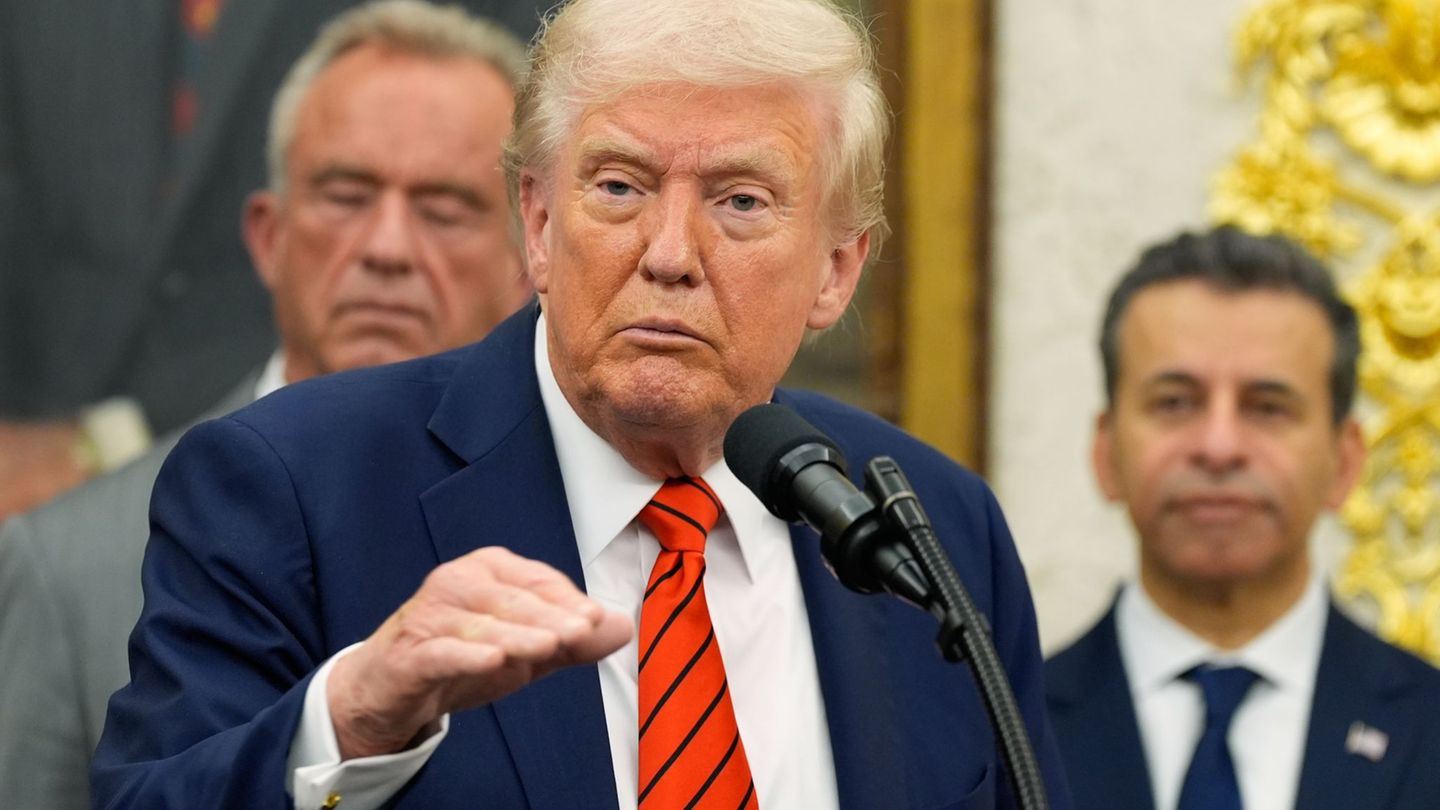The image of these pilots tying the flag of the rising sun to their foreheads went around the world. It was a symbol of total surrender before the suicide attacks that sowed panic among the Allied forces during the war in the Pacific. The word kamikaze was on everyone’s lips… However, the Japanese did not use that name for these pilots but the tokktai () (“Shinp Special Attack Unit”).
image.png
A pilot ties a bandana (in Japanese “hachimaki”) with the Japanese war flag on his head.
The word kamikaze born from an error, it was a misreading of the North American translators during the Second World War of the kanjione of the three Japanese writing systems along with hiragana and the katakana. The error comes from the incorrect reading of the ideograms “god” and “wind”.
During Kublai Khan’s invasion of Japan, a typhoon destroyed the powerful Mughal fleet that would surely have easily defeated the weak Japanese defenses. This episode was known as “Divine Wind” and was taken as a divine design, the gods would always defend the inhabitants of Japan.
After the Battle of Midway (June 1942), when the US fleet was able to destroy 4 Japanese aircraft carriers, one battleship and 275 aircraft, the US advance was unstoppable and the ability to recover from Imperial losses was limited.
American superiority became more noticeable when two years later, on June 20, 1944, the Japanese lost 400 planes and their best pilots. The ability to train new pilots was also compromised by a biological fact, Easterners have a higher incidence of myopia and the use of glasses in a war pilot is a limiting factor. In 1939, Dr. Tsutomu Satō (1902-1960) had devised a way to flatten the cornea to reduce myopia, by cutting it. The method was successful at first, but over time it ended up damaging the tissues and led inexorably to a corneal transplant. Precisely his first patients were the aspiring pilots who suffered from myopia and were assigned by Minister Hideki Tj to this unit trained for these one-way missions in aircraft whose fuselages were finished with wood, equipped with a single 250 kg bomb and without enough fuel to return to their bases.
These soldiers were the culmination of a culture tradition of extreme sacrifice, when the empire was threatened by the aggressor. Dying gloriously, they became Eireithat is, guardian spirits of the country according to the code bushid (?) of loyalty and honor. Many servants of his majesty were proud to be enshrined in the Yasukuni Shrine containing the list of nearly 2,100,000 soldiers killed in action.
It is estimated that 3,800 pilots kamikaze They died on these missions, causing the deaths of 8,000 Allied sailors. Only 20% of the Japanese attacks were effective, most of these pilots died in vain (although not all historians agree with these figures).
Japan Kamikazes.jpg

there was also kairyu (i.e. submarines with suicide missions), kaiten (human-directed torpedoes to guide the explosive to its target – at the expense of his life), boats shin’y (guided by pilots willing to die on impact) and fukuryū (divers trained to die).
As we see, there was a wide variety of ways to give life for the emperor. But the most feared, the one that most disoriented the allies, especially because it endangered their aircraft carriers, were these pilots willing to destroy the enemy at the expense of their own existence.
The first successful mission took place on June 19, 1944. On that day, the Japanese aircraft carrier Chiyoda launched two suicide attacks, one of which sank the USS Indiana.
Although several attacks were announced, none took place until October 14, 1944, when the USS Reno was intentionally hit by a Japanese aircraft.
Some historians point to Rear Admiral Masafumi Arima (1895-1944) as the ideologue of this tactic, who died in the Battle of Leyte Gulf, when his plane crashed into the USS Franklin aircraft carrier. The fact was promoted by the Japanese media and recorded as the first suicide attack, although, as we said, there was a history of other missions and it is also unlikely that the Imperial Navy would have sent such a high-ranking pilot to a one-way attack .
Since then the commander Asaichi Tamai (1902-1964) led a group of 23 rookies as the first organized Kamikaze group.
“If one asks about the
true spirit of japan
I will say that they have blossomed like cherry trees
shining with the dawn sun
This was the poem Motoori Norinaga (1730-1801) –the great Japanese classical writer– to describe the spirit of these young people willing to give their lives for their country. In fact many of these ships carried a cherry blossom as an emblem.
During the Battle of Leyte, HMAS Australia was also hit, killing the ship’s Australian Captain and Fleet Commander John Collins. The USS Kitkun Bay, the USS Fanshaw, the White Plains, the USS St. Lo and the USS Sangamon, among others, were also attacked.
In the end 7 US aircraft carriers suffered some damage but of the 40 ships hit by the suicide planes, 5 sank, 23 suffered major damage and 12 moderate.
The suicide war was not only in air-sea combat, but also had air-air confrontations; the Japanese attempted to intercept the Flying Fortresses bombing Tokyo. In order to avoid these attacks, the Imperial Mariana formed the 47th Shinten Seiku Tai Air Regiment, to stop the B-29 formations before reaching targets on Japanese land, directly hitting US planes in the air.
The tactic failed because of the defensive superiority and maneuverability of the American planes.
Attacks continued against the fleet and on March 11 a plane kamikaze which had flown almost 4,000 km alone, hit the USS Randolph. During the Battle of Okinawa on April 6, 1945, at least 30 American ships were sunk or put out of action. One of these ships, the destroyer USS Laffey, earned the nickname “The Ship That Won’t Die” after surviving six attacks. kamikazes.
The last casualty before capitulation was the destroyer USS Callaghan in an attack led by Vice Admiral Matome Ugaki (1890-1945).
Although these suicide attacks did not cause a significant impact on the Allied air and naval power, the fact of confronting this fanaticism had an important psychological effect and, in one way or another, was taken into account by the Americans when deciding to end the war with the Hiroshima and Nagasaki explosions. President Truman’s advisers calculated that the seizure of Japan implied 1,000,000 deaths of the allied forces…
At capitulation, the Japanese had 14,000 aircraft ready, ready, or in readiness to carry out one-way attacks.
To create this feeling of patriotic fanaticism, the media created a story extolling this spirit with stories of unusual courage or invented deeds to encourage these fighters to take an extreme resolution that also included not surrendering in case of being captured or ending their life for their own hand. To this end they carried a katana or a Nambú pistol and invited them to follow the seppuku or suicide ritual of the samurai.
Daisetsu Suzuki, in his book divine wind, says “they tried to overcome their deficiency of scientific spirit by applied spiritual and physical force through kamikaze tactics. The unscientific mentality of the Japanese military was common to the rest of the country. This compensatory tactic was doomed to be suicidal. Far from being a source of pride, it should remain a stain on the people of Japan.”
Source: Ambito




